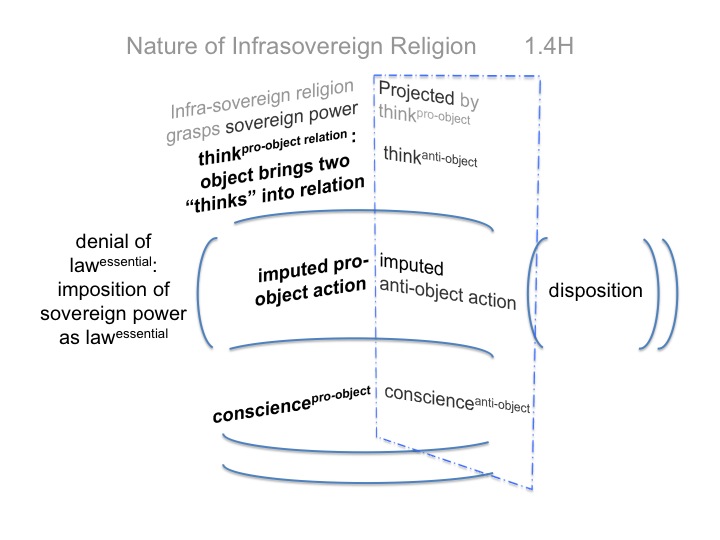Man and Sin by Piet Schoonenberg (1964) 1.4M1
Summary of text [comment] page 22
[The Old Testament depicts – in a plain honest fashion – the appearance of a suprasovereign religion that, over time and due to changing circumstances, anointed a sovereign.
Ironically, its impetus for establishing a sovereign was one of the four justifications for government: defense against other kingdoms. However, once the sovereign became a seat of power, various factions arose, justifying themselves on the basis of various organizational objects.
What were those objects? Here is one:
A foreign god guaranteed a truce between warring kingdoms. This truce brought the whole of society into relation with organizational goals (that is, security and peace).
Prophets spoke against these other-kingdom-loving sovereigninfra cults. The prophets were correspondingly accused of an anti-object ideology (defying the gods that brought a truce) and conscience (hating peace). The prophets spoke on the basis of the suprasovereign religion. They put the sovereign into context.
In time, the sovereigninfra collapsed from the elite’s inability to see the consequences of appeasing foreign gods in order to attain peace (after all, the worshippers of any foreign god would eventually become an infrasovereign faction grasping for sovereign power).
Thus the prophets were proven true.]

